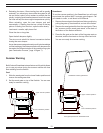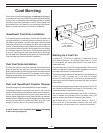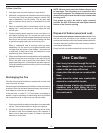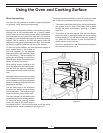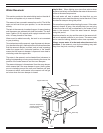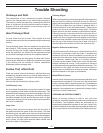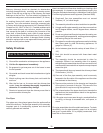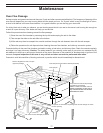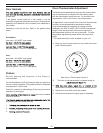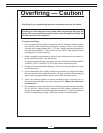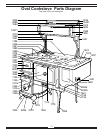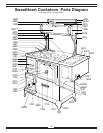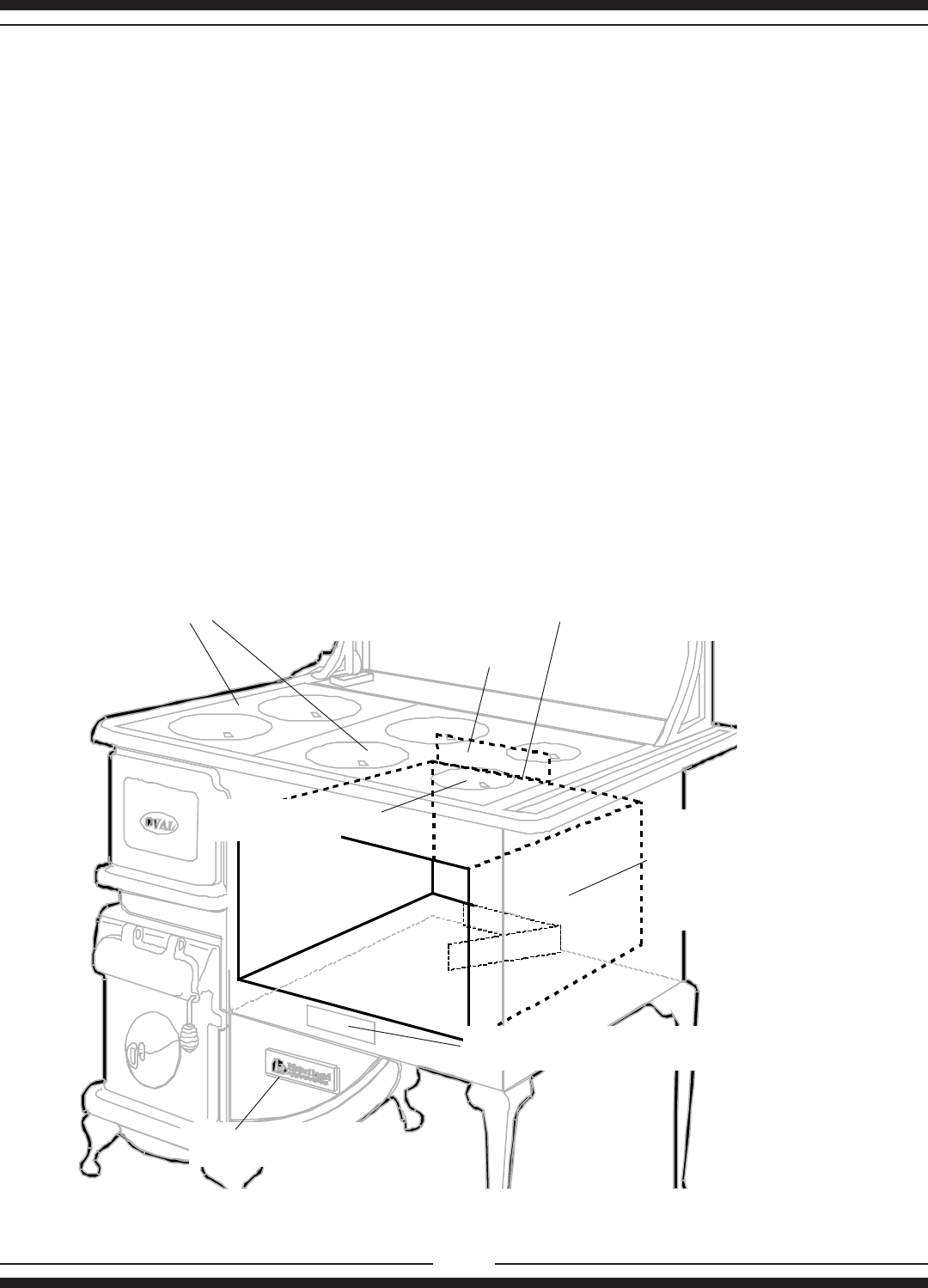
27
Maintenance
Oven Flue Passage
As heat, smoke and gases travel around the oven, y ash and often creosote are left behind. The frequency of cleaning of the
oven ue will depend on your use, burning habits and the wood you burn. If a ‘y ash’ which is very ne and light in colour,
is what is left behind in the oven ue chamber, it is a good indication you are burning your stove well.
If a sticky black ash is what you observe, you are burning wood which is too wet or the stove is not burning hot enough as
a result of a poor chimney. Your dealer can help you correct this.
Follow this procedure when cleaning around the ue passage:
1) Clean the oven ue chamber by removing the top lids and scraping the ash to the sides.
2) Then scrape the sides so the ash falls to the bottom.
3) All the ash may then be scraped into a metal container through the ash cleanout door with the ash scraper.
4) Follow the procedure for ash disposal when cleaning the oven ue chamber, and chimney connector system.
Creosote buildup in the oven ue chamber can lead to rusting, a bad odour, and chimney res. Check for creosote regularly
and clean it out upon discovery. Caution: The water reservoir is a naturally cooler area of your stove, so creosote and y
ash will tend to build up on and around that side of the stove. Because of the potential for blockage and or ignition of the
creosote, frequent inspection of this area is very critical and clean out must be performed more often.
Creosote is a tell tale condition of burning wet wood, a practice which should immediately be discontinued.
Remove keyplate and lids to scrape
upper ue passage
Scrape down the sides of ue passage
to the bottom ue passage
Caution: Models with water reservoir
frequent inspection of this area is
very critical and clean out must be
performed more often.
Ash clean out door-lift slightly to remove
Oven damper track should be cleaned periodically
Oven damper
Remove lids to gain access
to ue passage
Scrape ash in the bottom u passage and remove through the clean
out door opening



